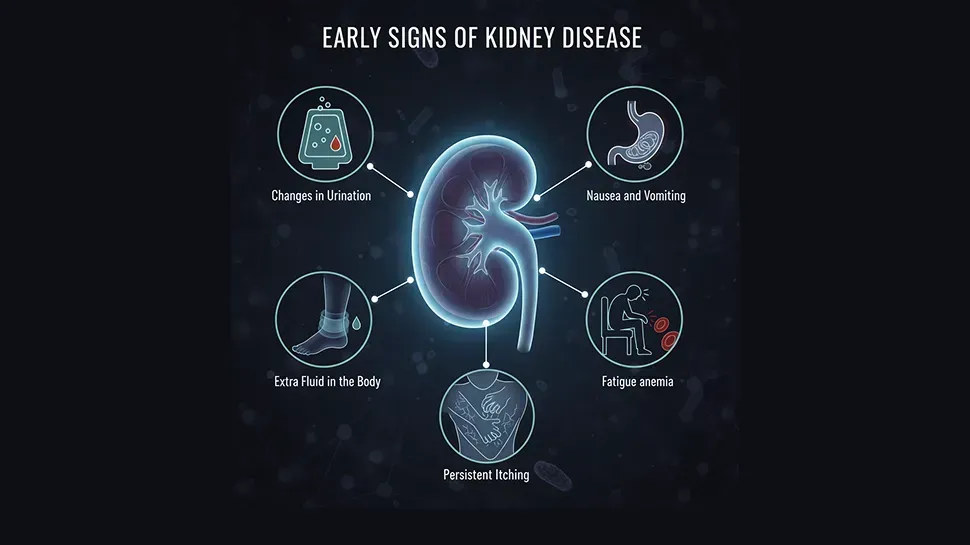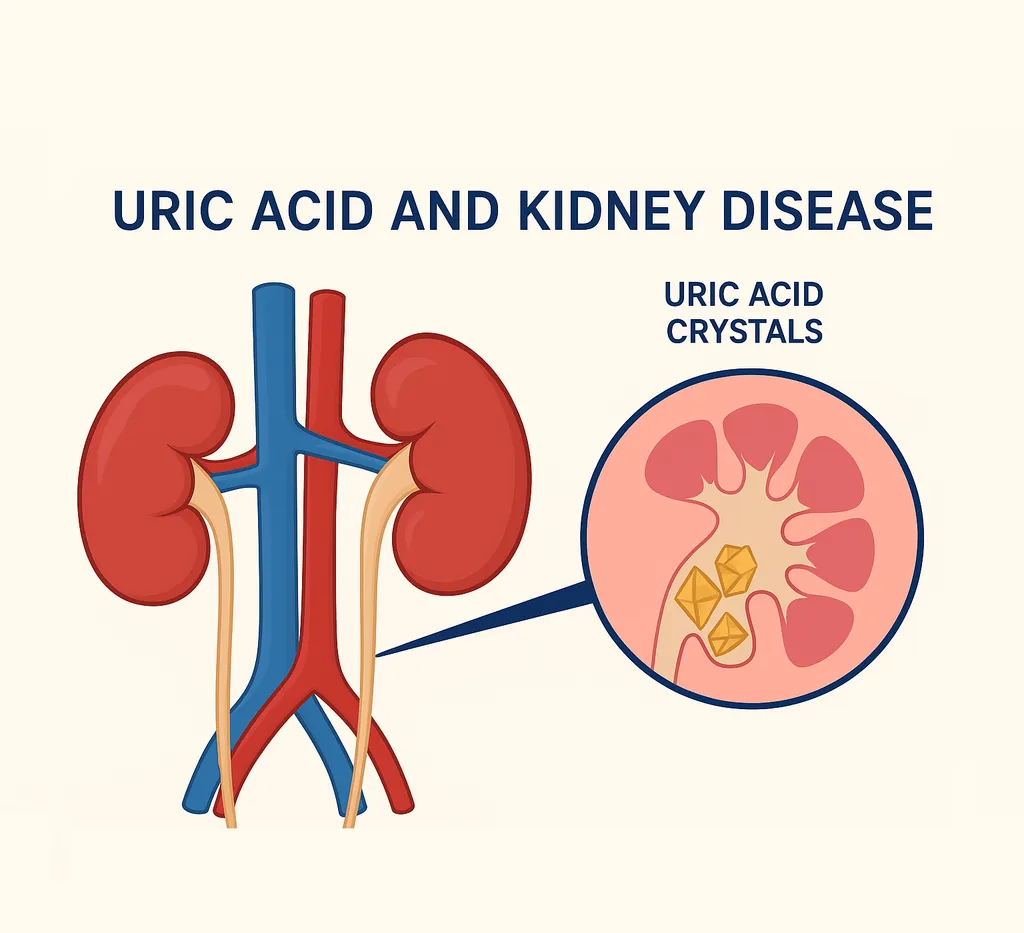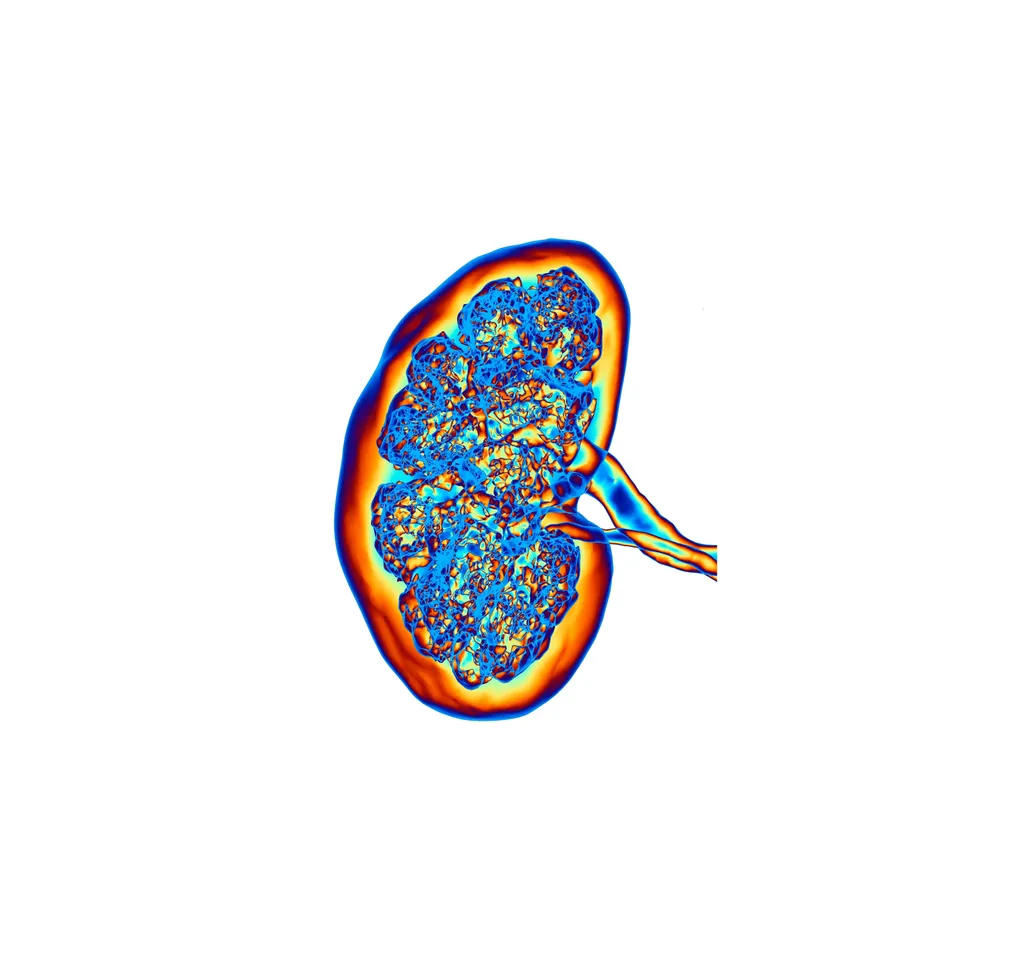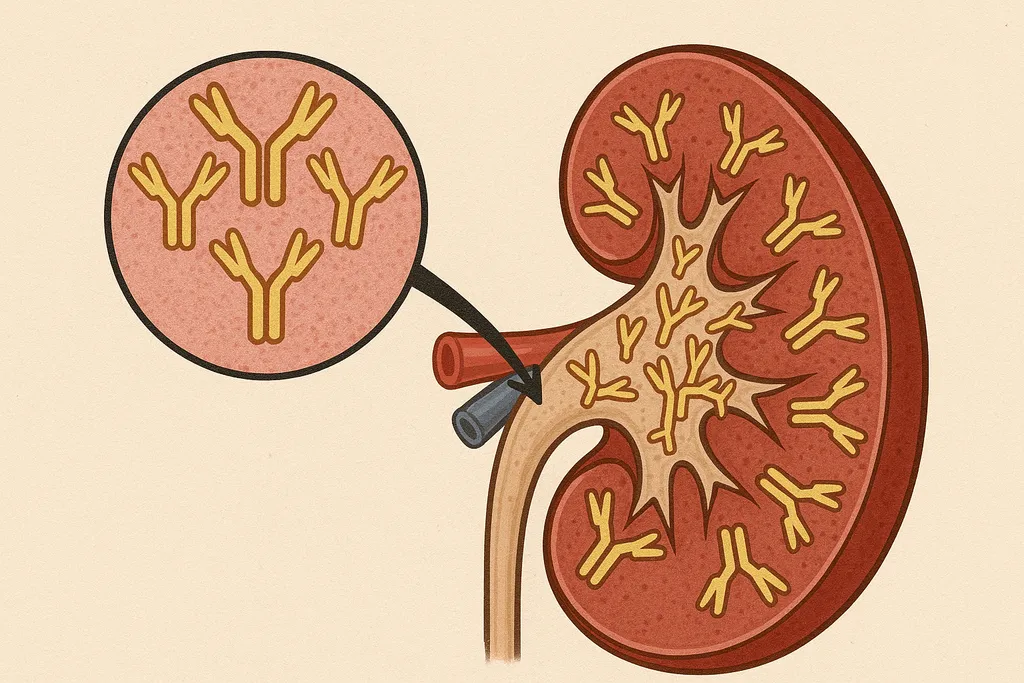What Is MGRS And How Does It Affect My Kidneys?
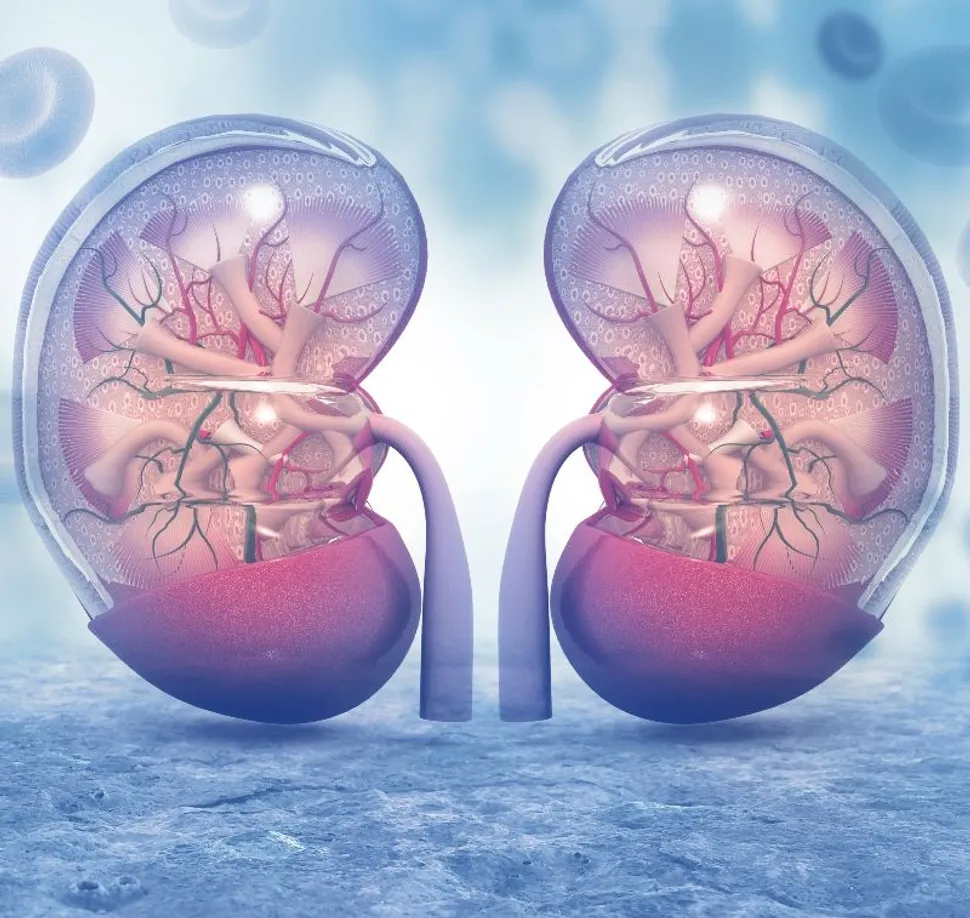
Monoclonal gammopathy of renal significance (MGRS) is a group of conditions caused by a buildup of defective antibodies (monoclonal immunoglobulins) in the kidneys. MGRS was introduced to separate harmful monoclonal gammopathies that cause kidney disease from harmless ones, known as monoclonal gammopathy of undetermined significance (MGUS). MGRS patients have too many B-cells or plasma cells (types of white blood cells) in the bone marrow, which produce extra monoclonal immunoglobulins that damage the kidney and cause permanent harm (nephrotoxic).
MGRS is rare and commonly underdiagnosed, so there isn't much information about its incidence or the best way to treat it. Some studies showed that less than 1% (0.32-0.53%) of people have it, and it occurs mainly in those over the age of 60. This condition has some similarities with what can be seen in multiple myeloma-related kidney complications, but it doesn't match all the other criteria of a multiple myeloma diagnosis. However, for 18% of people, it can further evolve into multiple myeloma.
How Does MGRS Affect the Kidneys?
Most MGRS-associated kidney lesions happen when parts or the entire monoclonal immunoglobulin form deposits or aggregates inside the kidneys. These deposits block or directly harm different parts of the kidney, preventing it from filtering the blood as expected and, ultimately, causing renal impairment.
What Types of MGRS Are There?
Doctors can diagnose the type and severity of MGRS-related lesions and conditions with blood tests, urine analysis, and imaging studies. In most cases, they will also request a kidney and a bone marrow biopsy. The composition and structure of the deposits and where they are located in the kidney define the type of MGRS-associated disorder:
- Glomerular disorders
- With organized deposits
- With non-organized deposits
- Without deposits
- Tubulointerstitial disorders
- Intrarenal vascular lesions
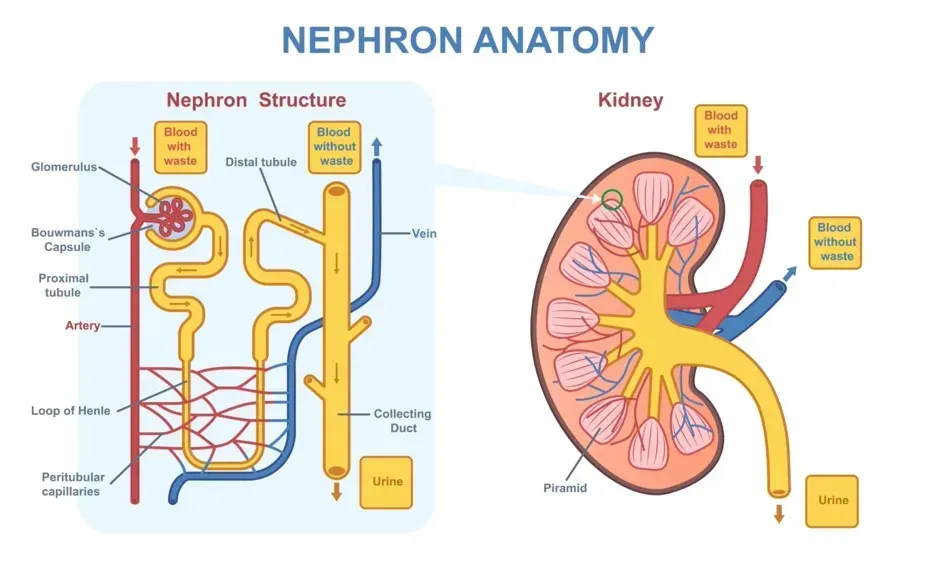
What Are the Initial Symptoms of MGRS?
MGRS symptoms can vary from person to person. These may include foamy or bloody urine, trouble with kidney function, high blood pressure, and low levels of certain proteins in the blood. Other common symptoms at diagnosis are:
- Fatigue.
- Swelling in lower legs, ankles, or feet.
- Nausea and vomiting.
- Numbness, tingling or weakness.
- Shortness of breath.
The renal damage caused by MGRS can lead to chronic kidney disease (CKD), end-stage kidney disease, and kidney failure. Early diagnosis is crucial to start treatment and potentially stop or even reverse kidney damage.
How Is MGRS Treated?
Treatment aims to stop the damage and preserve the kidneys' proper function. Medications (similar to chemotherapy) are used to prevent abnormal cells from making copies and reduce inflammation. If severe kidney damage is present, dialysis may also be needed.
Working with your doctor to define your type of MGRS will also determine your treatment plan. These usually include a combination of:
- Monoclonal antibodies (rituximab, daratumumab).
- Proteasome inhibitors (bortezomib, carfilzomib and ixazomib).
- Immunomodulatory drugs (thalidomide, lenalidomide, pomalidomide).
- Alkylating agents (cyclophosphamide, bendamustine, melphalan).
- Corticosteroids (prednisone, dexamethasone).
MGRS-related disorders are treatable but don't ever go away. Although most people with MGRS do not develop cancers, it is important to monitor the condition closely and treat any new issues as soon as possible. There are now several new treatments available that can improve your quality of life and reduce your risk of severe illness.
Sources:
- Monoclonal gammopathy of renal significance (MGRS): the characteristics and significance of a new meta-entity
- The evaluation of monoclonal gammopathy of renal significance: a consensus report of the International Kidney and Monoclonal Gammopathy Research Group
- Pathophysiology and management of monoclonal gammopathy of renal significance
Monoclonal gammopathy of renal significance (MGRS) is a group of conditions caused by a buildup of defective antibodies (monoclonal immunoglobulins) in the kidneys. MGRS was introduced to separate harmful monoclonal gammopathies that cause kidney disease from harmless ones, known as monoclonal gammopathy of undetermined significance (MGUS). MGRS patients have too many B-cells or plasma cells (types of white blood cells) in the bone marrow, which produce extra monoclonal immunoglobulins that damage the kidney and cause permanent harm (nephrotoxic).
MGRS is rare and commonly underdiagnosed, so there isn't much information about its incidence or the best way to treat it. Some studies showed that less than 1% (0.32-0.53%) of people have it, and it occurs mainly in those over the age of 60. This condition has some similarities with what can be seen in multiple myeloma-related kidney complications, but it doesn't match all the other criteria of a multiple myeloma diagnosis. However, for 18% of people, it can further evolve into multiple myeloma.
How Does MGRS Affect the Kidneys?
Most MGRS-associated kidney lesions happen when parts or the entire monoclonal immunoglobulin form deposits or aggregates inside the kidneys. These deposits block or directly harm different parts of the kidney, preventing it from filtering the blood as expected and, ultimately, causing renal impairment.
What Types of MGRS Are There?
Doctors can diagnose the type and severity of MGRS-related lesions and conditions with blood tests, urine analysis, and imaging studies. In most cases, they will also request a kidney and a bone marrow biopsy. The composition and structure of the deposits and where they are located in the kidney define the type of MGRS-associated disorder:
- Glomerular disorders
- With organized deposits
- With non-organized deposits
- Without deposits
- Tubulointerstitial disorders
- Intrarenal vascular lesions

What Are the Initial Symptoms of MGRS?
MGRS symptoms can vary from person to person. These may include foamy or bloody urine, trouble with kidney function, high blood pressure, and low levels of certain proteins in the blood. Other common symptoms at diagnosis are:
- Fatigue.
- Swelling in lower legs, ankles, or feet.
- Nausea and vomiting.
- Numbness, tingling or weakness.
- Shortness of breath.
The renal damage caused by MGRS can lead to chronic kidney disease (CKD), end-stage kidney disease, and kidney failure. Early diagnosis is crucial to start treatment and potentially stop or even reverse kidney damage.
How Is MGRS Treated?
Treatment aims to stop the damage and preserve the kidneys' proper function. Medications (similar to chemotherapy) are used to prevent abnormal cells from making copies and reduce inflammation. If severe kidney damage is present, dialysis may also be needed.
Working with your doctor to define your type of MGRS will also determine your treatment plan. These usually include a combination of:
- Monoclonal antibodies (rituximab, daratumumab).
- Proteasome inhibitors (bortezomib, carfilzomib and ixazomib).
- Immunomodulatory drugs (thalidomide, lenalidomide, pomalidomide).
- Alkylating agents (cyclophosphamide, bendamustine, melphalan).
- Corticosteroids (prednisone, dexamethasone).
MGRS-related disorders are treatable but don't ever go away. Although most people with MGRS do not develop cancers, it is important to monitor the condition closely and treat any new issues as soon as possible. There are now several new treatments available that can improve your quality of life and reduce your risk of severe illness.
Sources:
- Monoclonal gammopathy of renal significance (MGRS): the characteristics and significance of a new meta-entity
- The evaluation of monoclonal gammopathy of renal significance: a consensus report of the International Kidney and Monoclonal Gammopathy Research Group
- Pathophysiology and management of monoclonal gammopathy of renal significance

about the author
Lisa Foster
Lisa Foster is a mom of 3 daughters and 1 perfect grandchild, a puzzle lover, writer and HealthTree advocate. She believes in the mission of the foundation and the team that builds it forward. She calls Houston, Texas home.
More on Core Education
Get the Latest Kidney Disease Updates, Delivered to You.
By subscribing to the HealthTree newsletter, you'll receive the latest research, treatment updates, and expert insights to help you navigate your health.
Together we care.
Together we cure.
3x Faster.
